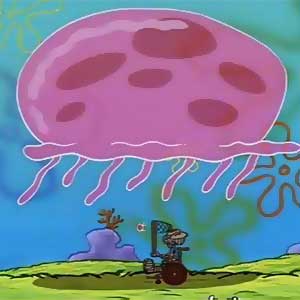Just how much of an effect are we having on the fish population of our oceans? Here are the facts:
- 90% of larger, top predator fish species, such as tuna, swordfish and dolphin, have been taken out of our oceans
- 70% of the world's fisheries are either overexploited or crashed
- According to The Organization for the Food and Agriculture of the United Nations (FAO), approximately 25% of fish captured worldwide are thrown overboard; these fish are usually caught unintentionally, or are of substandard quality or below the permitted size
- 95% of unintentionally caught fish that are thrown away are considered endangered or overexploited
- The FAO estimates that currently 80% of the 523 species of fish in our oceans are fully exploited, overexploited or extinct
- Only 25% of the total global fisheries are considered sustainable
The fact that a staggering 90% of top predators have been fished from our oceans is having tremendous consequences on ecosystem health. The removal of top predators within the ecosystem causes a shift as commercially valuable fish (bluefin tuna, cod, halibut) are replaced by smaller fish that feed on plankton. During this century, it is also possible that jellyfish will replace many of the fish species humans love to eat.
The facts go on and on. They clearly show that our vast, majestic oceans are not limitless after all. The resources they provide are exhaustible, and that is becoming clearer day by day. A 2006 global study suggests that if current overfishing rates continue, 100% of the world's fish stocks will collapse before the mid-century. Food supply will plummet severely, and ocean systems will not be able to recover from the reduced populations of marine species.
A compelling question to ask is what is allowing overfishing to continue when all these decisively negative outcomes are occurring? My researched data strongly supports the idea that overfishing is caused by an increased demand for seafood, which ultimately forces fishermen to employ more effective devices to catch higher amounts of fish in shorter periods of time. Below is a flowchart I created outlining the constant cycle that leads to overfished conditions:


This has a lot of good information on it but the references aren't very clear.
ReplyDeleteThanks! Once I figure out how to do superscripts, I'm going to cite all my information and put the numbered references under the reference tab
ReplyDeleteLots of good and detailed facts provided. Makes it easier to understand the severity of the issue.
ReplyDelete